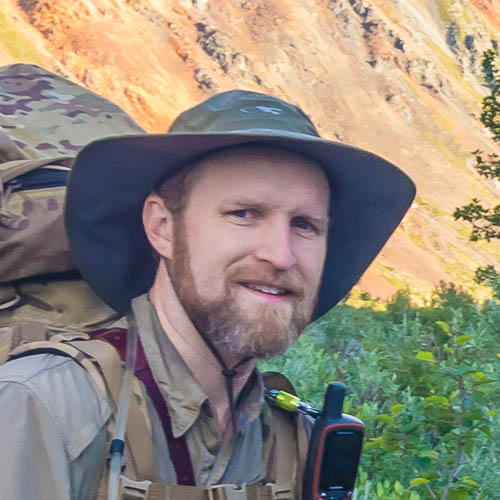Salmonid bioenergetic drift-foraging: swimming costs and capture success
Software is now available to apply a salmonid bioenergetic drift-foraging model to generate values of net energy intake (NEI) over a range of water depths and velocities. The predictions can be used to build univariate “habitat” suitability curves or multivariate “habitat” selection models for use in instream habitat modelling programs. Capture success and swimming cost sub-models are basic components of the bioenergetic model and there is a need to understand their influence of NEI predictions. Examination of the swimming cost sub-models showed a surprising amount of variation between species and models and this was attributed to the amount and range of data used for their derivation and the different methods of formulating the swimming cost equations. Predictions of optimal velocity for large fish (>96 g) was influenced by the choice of swimming cost sub-model but optimal velocities for smaller fish were dependent on the capture success sub-model. More research is needed to validate the capture success sub-model, especially for larger fish sizes. Swimming costs while intercepting prey, and the cost of swimming in natural streams with turbulence, are other factors that remain uncertain.


Leave a Reply